-
Our ProductsLoansCardsInsuranceInvestmentsStock MarketElectronics MallCIBIL ScoreKnowledge CentreAcademyCalculators
- Our Services
- My Account
- Discover
Risk vs Reward: Strategy Explained
Understanding the relationship between risk and reward is a cornerstone of smart investing. Investors often walk a tightrope between chasing high returns and protecting their capital, and understanding how risk and reward interact provides perspective on long-term outcomes. This guide explores how risk vs reward works in investing, its relevance to different strategies, and how you can apply this concept to make disciplined investment decisions.
What Does “Risk vs Reward” Mean
Let’s start with the basics of the concept:
Risk refers to the potential of losing some or all of your invested capital. Reward, on the other hand, is the potential gain or profit you expect from an investment. In financial terms, the two are intrinsically linked: the higher the potential reward, the higher the risk usually involved.
In the investment world, “risk vs reward” is a principle that helps investors assess whether a given investment is worth pursuing. It offers a way to quantify how much risk you are taking on in pursuit of a desired return, helping you evaluate trade-offs before committing your money.
The Risk-Reward Ratio Formula
To quantify this balance, we use a basic but powerful formula:
Risk-Reward Ratio = (Potential Loss) / (Potential Gain)
Here’s how to calculate it:
Determine your entry price (where you plan to buy the stock)
Set your stop-loss (the price at which you’ll exit if the stock falls)
Set your target price (the level at which you’ll book profits)
Example:
Suppose you buy a stock at ₹100, set a stop-loss at ₹95 (₹5 loss), and target price at ₹115 (₹15 gain). The risk-reward ratio would be:
Risk-Reward Ratio = 5 / 15 = 1:3
This means you are risking ₹1 for every ₹3 you could potentially earn.
Why the Risk-Reward Ratio Is Important
The real use of this concept lies in its ability to guide smarter, more disciplined investment decisions:
Capital protection: By limiting downside through stop-losses, investors protect capital.
Mathematical edge: With a 50% win rate, a 1:2 or 1:3 risk-reward ratio may still result in profitability.
Objective decision-making: This framework removes emotion and encourages data-driven actions.
Improved consistency: This framework supports consistency in decision-making over time.
Commonly Used Risk-Reward Ratios
There is no universal rule for the risk–reward ratio, but market participants often use the following reference points:
1:2 ratio – commonly used as a baseline, meaning for every ₹1 at risk, the potential reward targeted is ₹2.
1:3 ratio or higher – often applied in volatile market setups where wider movements are expected.
Below 1:1 ratio – generally viewed as unfavourable since the potential loss outweighs the potential reward, though some strategies with high win rates may still use it.
Factors that influence commonly used risk-reward ratios include:
Market volatility
Asset type (stocks vs bonds vs derivatives)
Your own risk tolerance and strategy
How to Set Stop-Loss and Target Levels
Here’s how investors can define these levels more effectively:
Use support and resistance zones: Historical price points where the asset has bounced or dropped before.
Factor in volatility: Use indicators like Average True Range (ATR) to buffer stop-losses.
Maintain logical distance: Avoid tight stops that get hit easily or far-off targets that are rarely achieved.
Arbitrary numbers may be less effective; many investors instead look at market structure.
Incorporating Risk-Reward in Your Strategy
Risk-reward should be embedded in every part of your investment or trading approach:
Trade selection: Filter only trades with favorable risk-reward setups.
Position sizing: Adjust quantity based on the amount you are willing to lose (Some investors manage exposure by limiting the size of individual trades relative to their overall portfolio).
Portfolio planning: Allocate across asset classes with varying risk-reward dynamics — e.g., equity for higher risk-reward, debt for lower.
This approach is often used to bring structure and consistency, even during volatile times.
Risk Appetite and Investment Style
Your risk-reward preferences should align with your overall investor profile:
| Profile Type | Description | Typical Risk-Reward |
|---|---|---|
| Conservative |
Prioritizes capital preservation |
1:1 or 1:2 |
| Moderate |
Seeks balance between safety and growth |
1:2 to 1:3 |
| Aggressive |
Chases high returns, willing to accept losses |
1:3 and above |
Different ratios are used by different investor profiles depending on their tolerance and objectives.
Real-World Applications
Risk vs reward plays a key role across various asset types:
Stocks: Targets and stop-loss levels are commonly used in stocks trading.
Mutual Funds: Evaluate fund performance vs benchmark risks.
Options Trading: Focus on high payoff setups with limited downside.
Forex: Manage tight spreads with well-defined risk-reward thresholds.
Using it consistently helps navigate even complex markets.
Limitations of the Risk-Reward Ratio
While useful, this ratio is not foolproof:
Ignores probability: A high reward doesn't matter if odds of success are low.
Assumes linear movement: Real markets are dynamic and unpredictable.
Volatility risk: Unexpected price spikes can hit stop-losses before rebounding.
Hence, it must be used with complementary indicators like win rate, Sharpe ratio, or drawdown analysis.
Beyond the Ratio — What Else to Consider
Here are additional tools to help improve decision-making beyond just the basic ratio:
Sharpe Ratio: Adjusts returns for volatility, offering a clearer picture of risk-adjusted performance.
Diversification: Don’t rely on a single trade or asset.
Position correlation: Avoid overlapping exposures in your portfolio.
Market sentiment: Understand macro indicators that affect risk levels globally.
These additions bring a more holistic understanding to your investment risk framework.
Conclusion: Making Risk vs Reward Work for You
Understanding and applying the risk vs reward ratio empowers you to make informed, disciplined, and results-oriented decisions. While the concept is simple, its impact on your success as an investor is profound — especially when used alongside other strategic tools. Whether you’re a beginner or a seasoned trader, applying the risk vs reward principle can help bring structure and discipline to financial decision-making.
Disclaimer
This content is for informational purposes only and the same should not be construed as investment advice. Bajaj Finserv Direct Limited shall not be liable or responsible for any investment decision that you may take based on this content.
FAQs
What is a risk-reward ratio?
A risk-reward ratio measures the potential loss relative to potential gain in an investment, helping investors evaluate the attractiveness of a trade or investment.
How do I calculate risk-reward ratio?
The risk-reward ratio is calculated by dividing the potential loss by the potential gain; for example, risking ₹10 for a ₹30 reward gives a 1:3 ratio.
How is a 1:1 risk-reward ratio interpreted in investing?
A 1:1 ratio indicates equal risk and reward. Many market participants may use higher reward-to-risk setups, depending on strategy and context.
Should I set stop-loss before my target price?
Stop-loss levels are commonly used to define potential downside before setting target levels, as part of risk management.
Can the risk-reward ratio be used alone for trading decisions?
The risk-reward ratio is one factor, but it is often analysed alongside other metrics like win rates and market conditions.
How does my investment type affect the ideal ratio?
The ideal risk-reward ratio varies by investment type, with high-risk instruments requiring higher ratios and safer products having lower ratios but more consistent returns.
With a Postgraduate degree in Global Financial Markets from the Bombay Stock Exchange Institute, Nupur has over 8 years of experience in the financial markets, specializing in investments, stock market operations, and project management. She has contributed to process improvements, cross-functional initiatives & content development across investment products. She bridges investment strategy with execution, blending content insight, operational efficiency, and collaborative execution to deliver impactful outcomes.
Related Blogs

Roshani Ballal
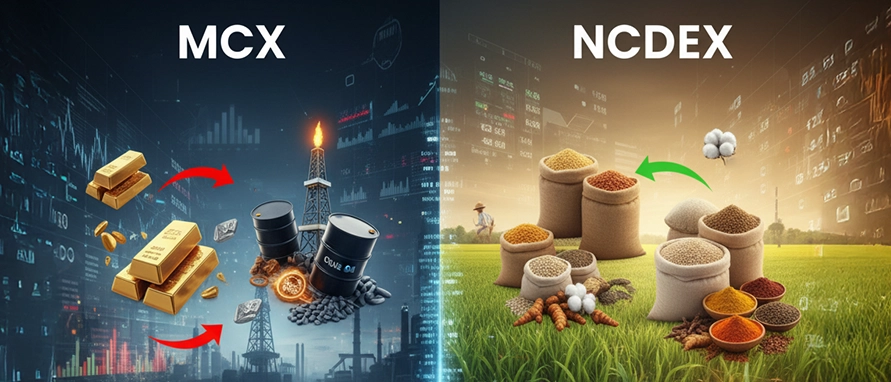
Nupur Wankhede
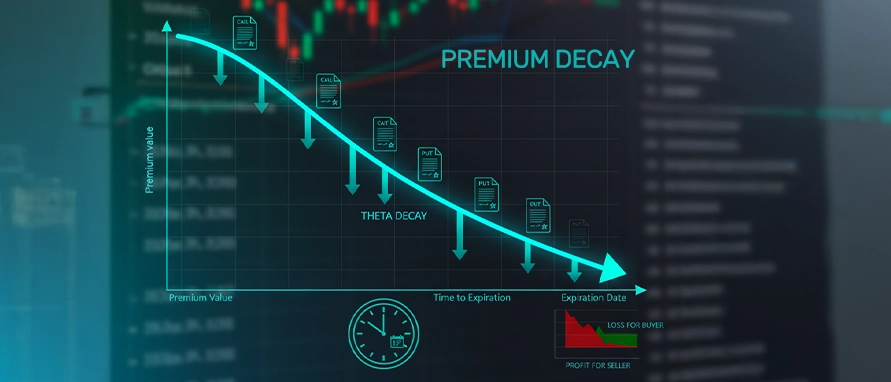
Anshika

Roshani Ballal

Geetanjali Lachke

Roshani Ballal

Geetanjali Lachke

Geetanjali Lachke

Nupur Wankhede

Roshani Ballal

Roshani Ballal

Roshani Ballal
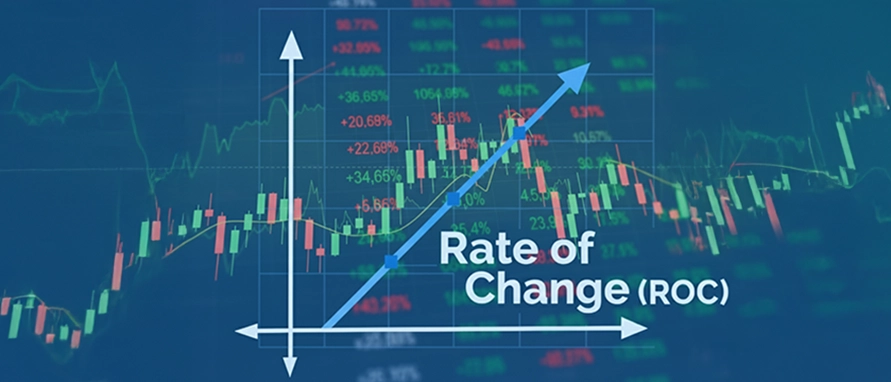
Nupur Wankhede

Anshika

Anshika

Nupur Wankhede

Nupur Wankhede

Anshika

Nupur Wankhede

Anshika

Geetanjali Lachke

Roshani Ballal

Anshika

Anshika

Nupur Wankhede
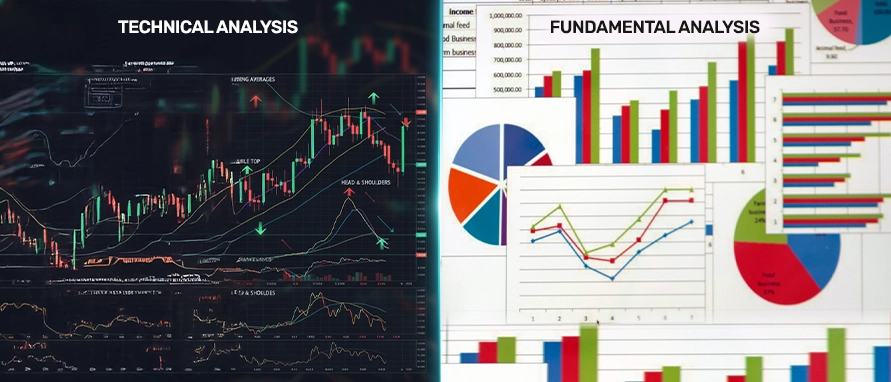
Anshika

Nupur Wankhede

Nupur Wankhede

Geetanjali Lachke

Roshani Ballal

Roshani Ballal

Geetanjali Lachke

Nupur Wankhede

Anshika

Nupur Wankhede

Nupur Wankhede

Nupur Wankhede

Nupur Wankhede

Nupur Wankhede

Nupur Wankhede

Nupur Wankhede

Geetanjali Lachke

Geetanjali Lachke

Roshani Ballal

Nupur Wankhede

Anshika

Anshika

Nupur Wankhede

Nupur Wankhede

Nupur Wankhede

Nupur Wankhede

Nupur Wankhede

Nupur Wankhede

Nupur Wankhede

Nupur Wankhede

Nupur Wankhede

Nupur Wankhede

Nupur Wankhede

Nupur Wankhede

Roshani Ballal

Anshika

Nupur Wankhede

Geetanjali Lachke

Nupur Wankhede

Nupur Wankhede

Anshika

Anshika

Nupur Wankhede

Anshika

Anshika

Nupur Wankhede
.webp)
Nupur Wankhede

Nupur Wankhede

Nupur Wankhede

Nupur Wankhede

Nupur Wankhede

Nupur Wankhede
.webp)
Nupur Wankhede

Nupur Wankhede

Nupur Wankhede

Nupur Wankhede
-in-India.webp)
Nupur Wankhede

Nupur Wankhede

Nupur Wankhede

Anshika

Nupur Wankhede

Nupur Wankhede

Anshika

Anshika

Nupur Wankhede

Nupur Wankhede

Nupur Wankhede

Nupur Wankhede

Nupur Wankhede

Nupur Wankhede

Nupur Wankhede

Nupur Wankhede

Anshika

Nupur Wankhede

Nupur Wankhede

Nupur Wankhede

Nupur Wankhede

Anshika

Nupur Wankhede

Nupur Wankhede
-Meaning-Importance.webp)
Nupur Wankhede

Anshika

Nupur Wankhede
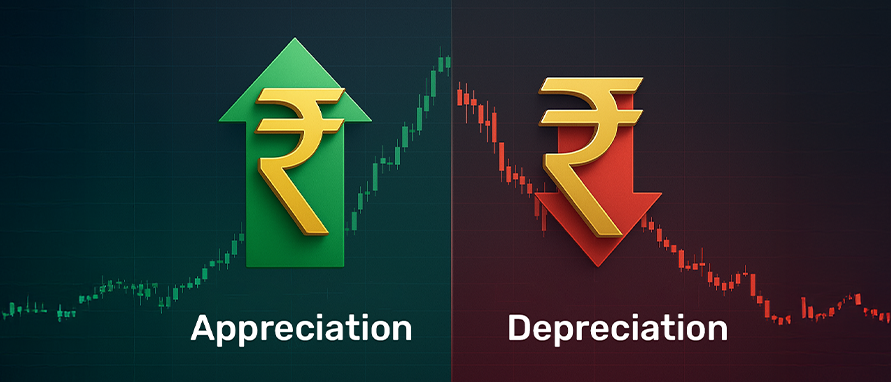
Anshika

Nupur Wankhede
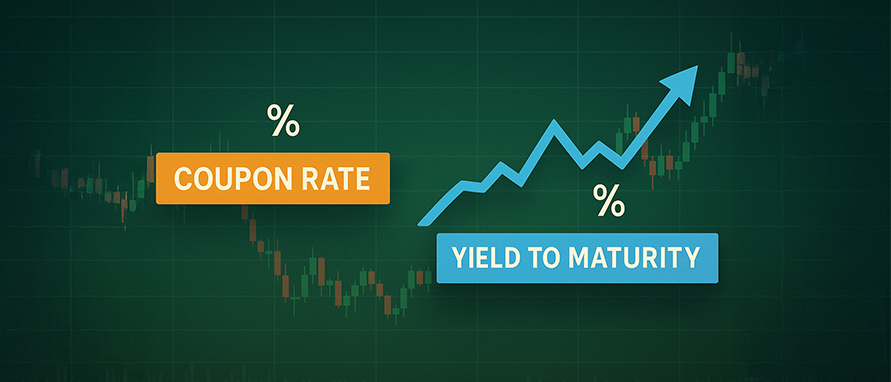
Nupur Wankhede
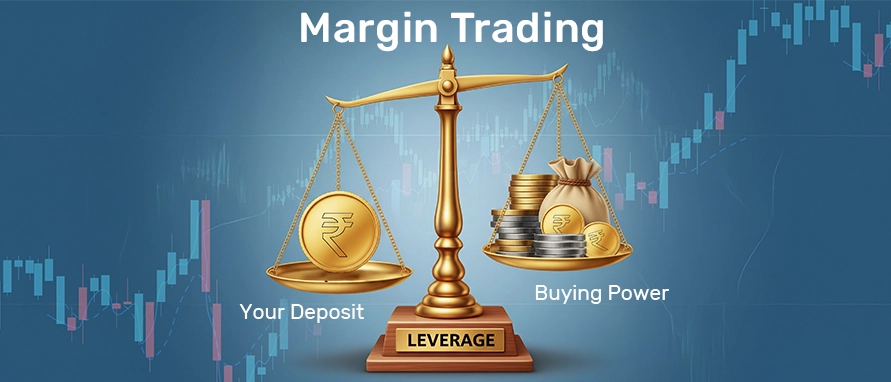
Nupur Wankhede

Geetanjali Lachke

Geetanjali Lachke

Geetanjali Lachke

Anshika

Anshika

Nupur Wankhede
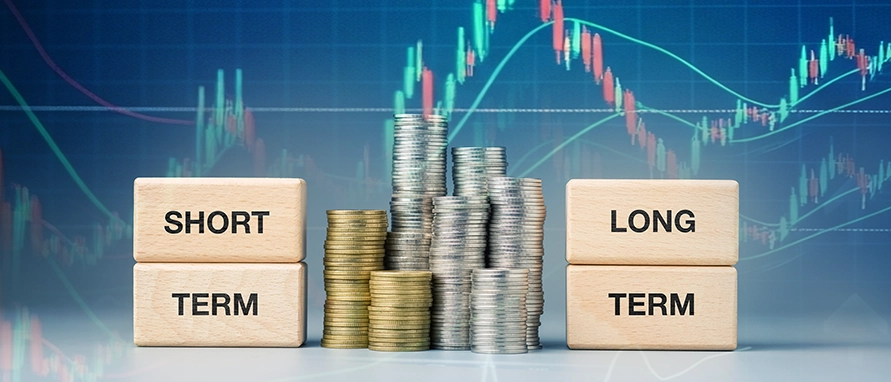
Nupur Wankhede
-portfolio.webp)
Nupur Wankhede

Anshika

Geetanjali Lachke

Geetanjali Lachke

Geetanjali Lachke

Geetanjali Lachke

Geetanjali Lachke

Roshani Ballal

Geetanjali Lachke

Geetanjali Lachke

Geetanjali Lachke

Roshani Ballal

Roshani Ballal

Geetanjali Lachke

Roshani Ballal

Roshani Ballal

Roshani Ballal

Roshani Ballal

Roshani Ballal

Roshani Ballal











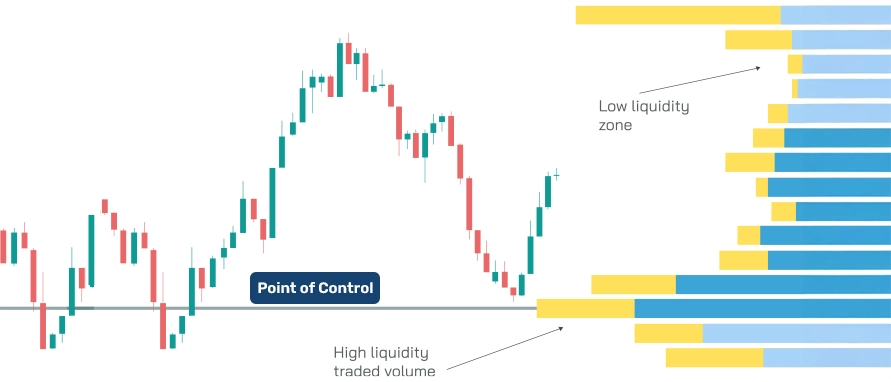
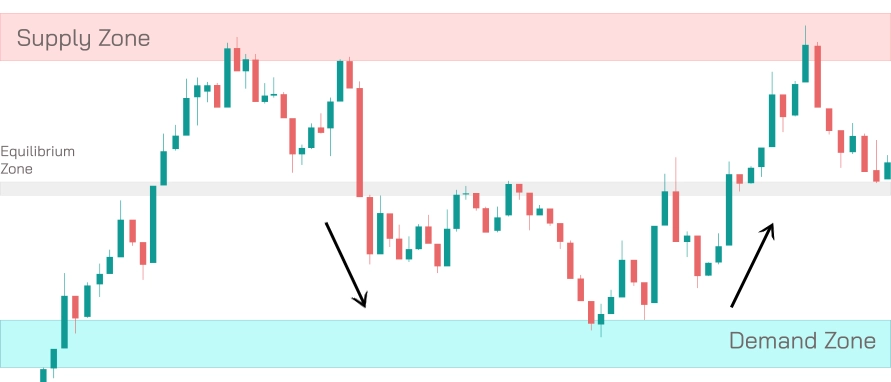

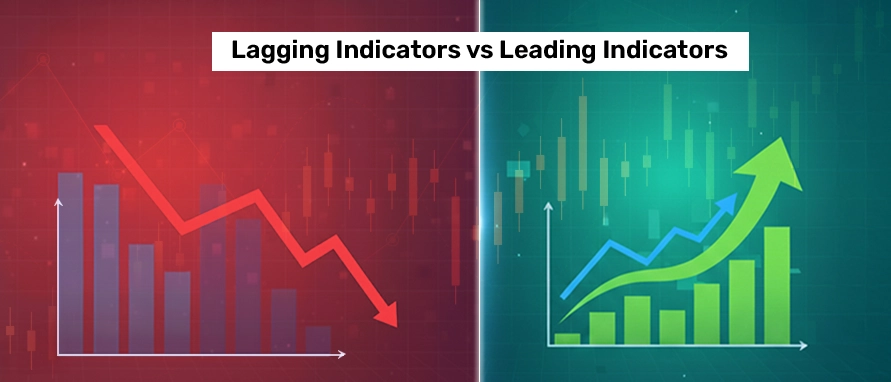
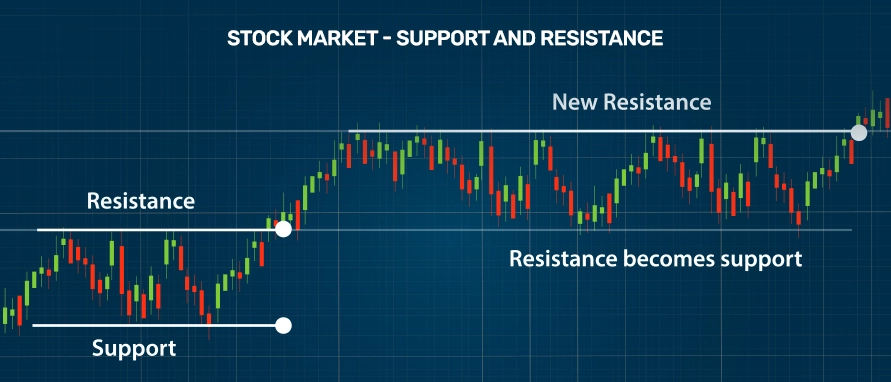
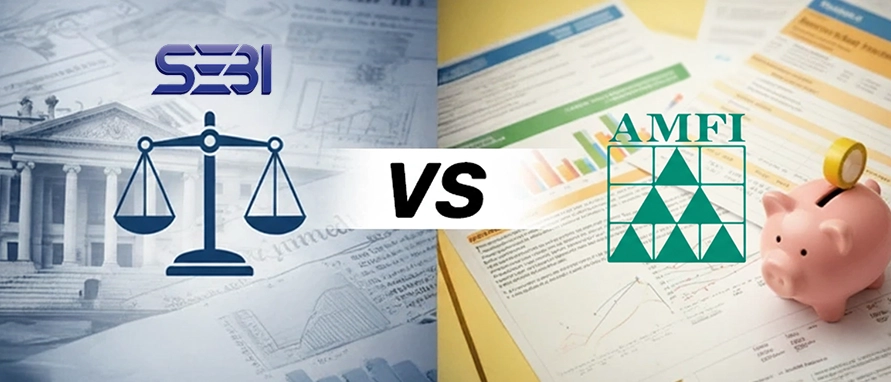




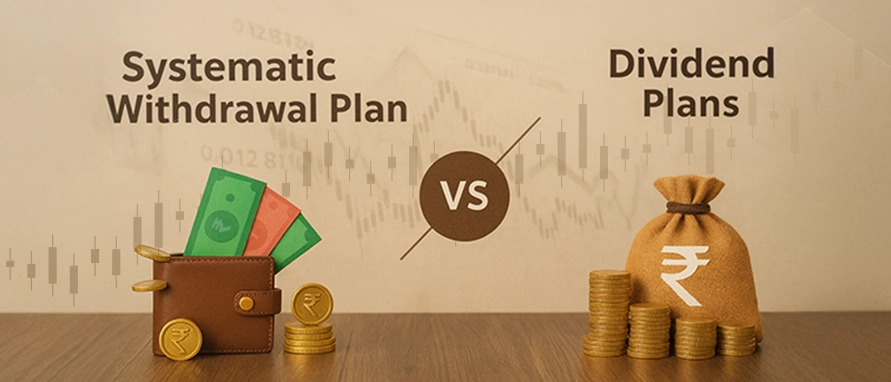
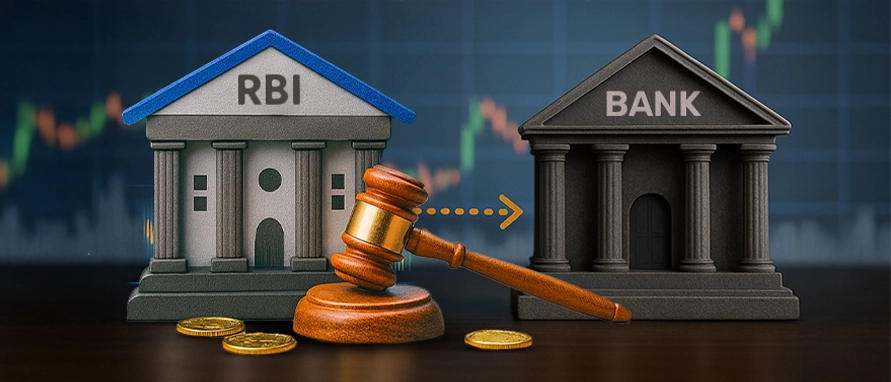
.webp)

.webp)
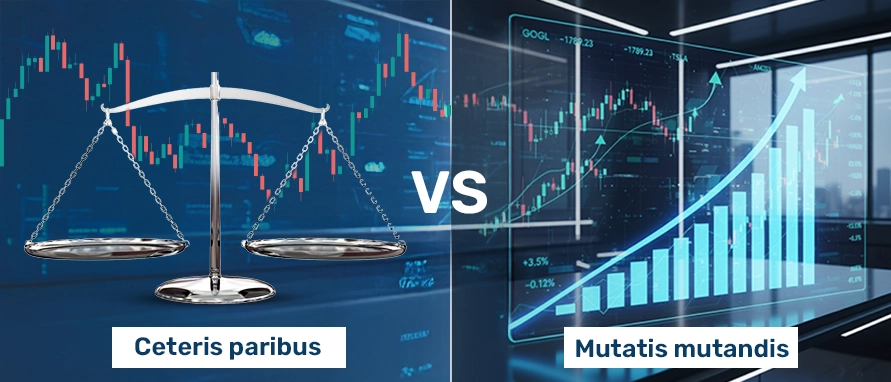
















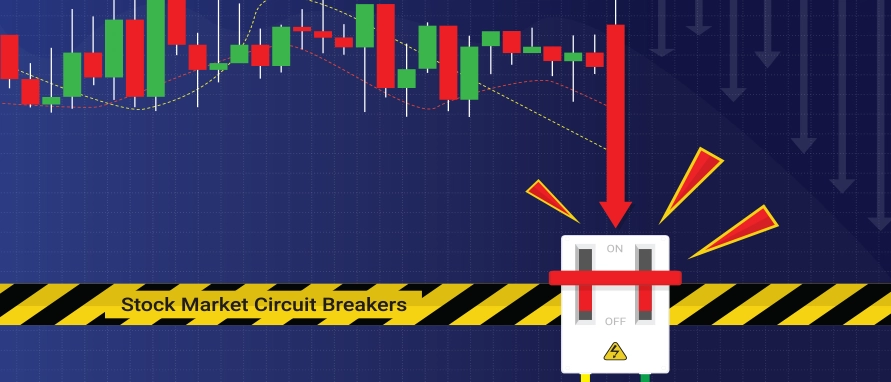



























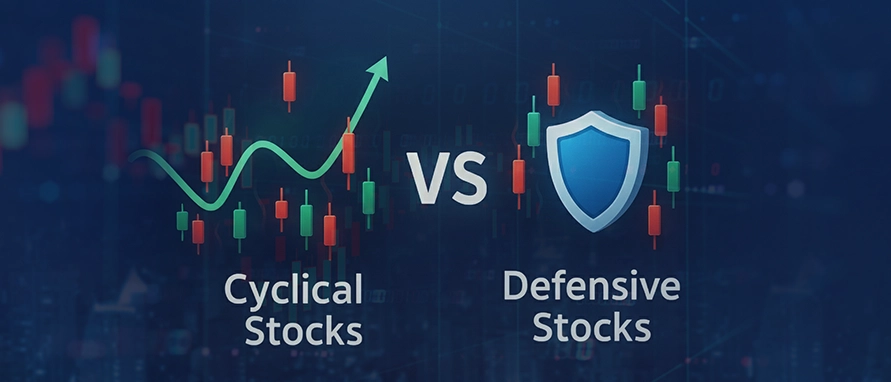






















.webp)



.webp)





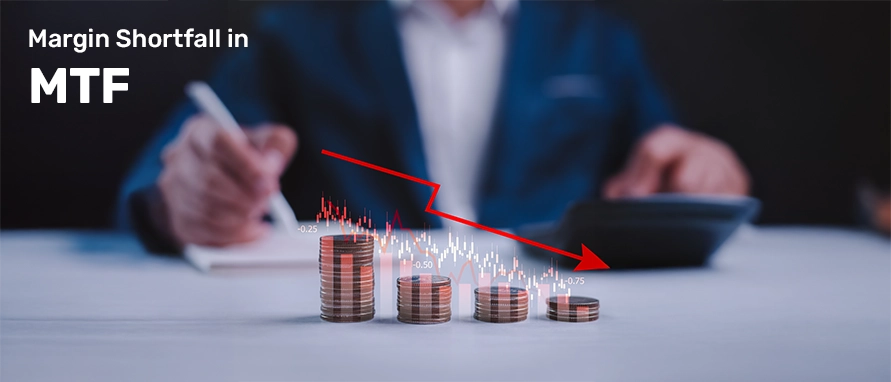






.webp)




.webp)
































